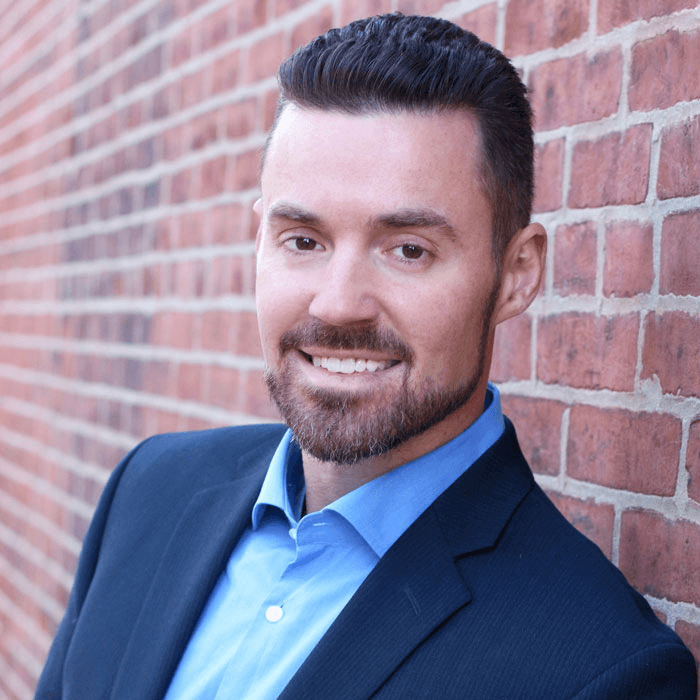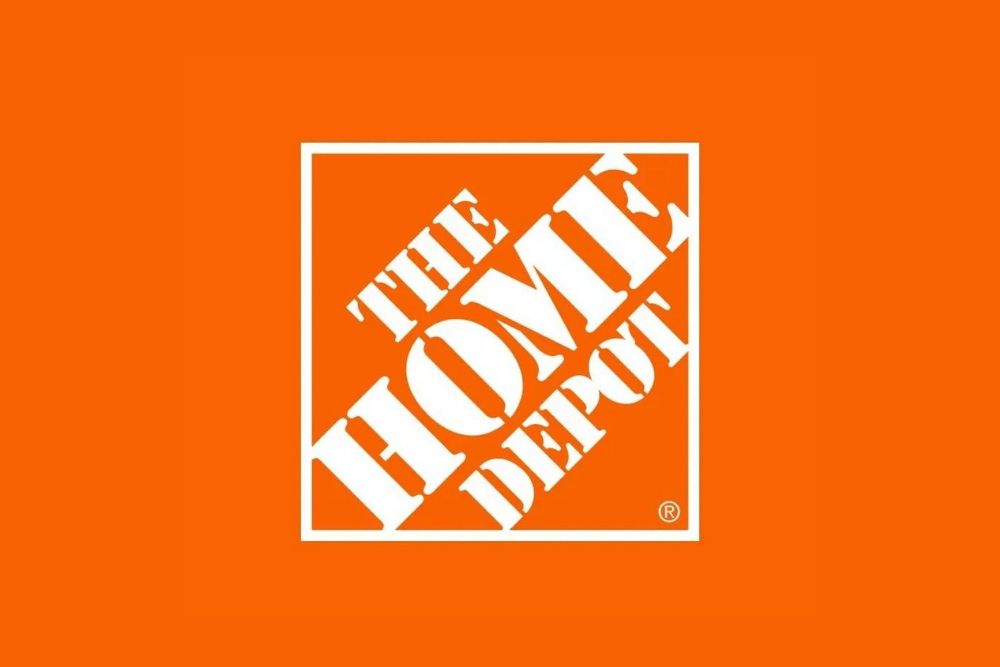Professional services firms have historically scaled by hiring. The traditional model has most firms hiring to keep up with the demand generated from new clients. This sets firms up for a number of traps, but the biggest drawback is firms lose considerable efficiency when growing this way. Everything from client acceptance to service delivery starts to slow down.
Hiring is expensive and time consuming. If your firm plans to grow only through hiring then at best you can expect a marginal increase in your profitability. When evaluating these performance numbers, you might end up feeling like this growth was less impressive than it should have been given the increase of complexity of your organization that you are now required to manage.
Instead, I’d like you to consider alternative growth strategies that will help your firm grow stronger as opposed to just bigger.
Background
Typically, you can do a lot more with the team you already have. Think of it like taking a field trip on a bus with a group of people. You need to first make sure you have the right people on the bus, then you need to make sure everyone is in the right seat on the bus to make the trip go well.
Once you know you have the right people in the right positions, you can leverage more creative strategies to be able to do more with the same team. Nailing this strategy can do two things for your firm, it can alleviate the hiring and onboarding pressure which is difficult to control when attempting to grow quickly and it can grow your profitability with your revenue.
Your Growth Trajectory
The first thing you need to do is to be prepared for how aggressively you plan to grow and by when. That last part is key because growth that hits when you aren’t expecting it can actually work against you.
You need to chart out your growth trajectory over the course of 2-3 years. Add detail down to the service line and industry segment categories so that you also know where the growth is expected to come from. Set your goal at reaching a sustainable level of growth year over year. The goal here is to set your firm up for consistent growth that you can manage sustainably.
There are several key questions that your growth trajectory mapping exercise will help you answer and they are:
- Where are we now?
- Where do we want to be?
- What do we need to do to get there by then?
Avoiding the Trap
The best way to avoid a trap is to be aware of it. The biggest one I see working with CPA firms is that they expect the system they used to get them to their current level of growth to propel them to and through the next level of growth. Spoiler alert – this isn’t going to work.
To grow sustainably without overwhelming your team and burning them out, you need to think differently. Your team will be playing a key role in this next phase of growth, but they will need major help from you in the area of process development and improvement.
What I inevitably see when working with CPA firms that are currently on a healthy growth trajectory is that they have bottlenecks everywhere in their system that they sometimes don’t recognize. I’m constantly finding single points of failure. What I mean by this is that along the critical path, typically somewhere between client acceptance and service delivery, inevitably I typically find multiple steps that aren’t a system or a process at all, they are just an individual. One person is responsible for a key step along a critical path and these people are typically already overwhelmed with the previous level of growth.
Consider these bottlenecks as the developing cracks in the foundation of your home. If left unaddressed, they could lead to significantly more expensive repairs when addressed at a later date or worse render your home uninhabitable causing you to rebuild. Whatever you do, don’t leave them unaddressed. They don’t go away on their own.

Get our awesome product content delivered daily-ish to your inbox
As such, you need to focus less on people and more on process. Process improvement and operational efficiency will enable your firm to be able to do more with less.
Don’t Grow Bigger
A major problem with setting your firm’s performance goal at growing annual revenue then expanding capacity through hiring is that you’re just growing your operation to be bigger, not stronger. More people means more expense and more overhead which will cancel out quite a bit of your revenue growth. This means your profit will only increase marginally if at all because much of that new revenue is going towards paying for the massive influx of new staff and management to try and keep up.
For a real world example of this exact scenario, consider the case of Robert Nardelli’s tenure at Home Depot. During Bob’s tenure at Home Depot he grew revenue significantly. However, he grew expenses and overhead just about as much which means profitability didn’t budge. So Home Depot didn’t grow stronger, they just grew bigger. Bigger can get unwieldy rather quickly. If you don’t know how this story ends (and don’t want to read the case study), the punchline is that investors were unimpressed, the share price didn’t move and Bob was eventually tossed out of Home Depot. His plan didn’t work.
To grow stronger, you need to grow revenue faster than you grow your expenses. However, you don’t want to grow revenue at a ridiculous level because that won’t be sustainable long term.
Good news is that there are different strategies you can leverage to actually increase your profitability as you grow.
Grow Stronger
You need to invest in the building of processes instead of just adding people. If a station on your assembly line has a bunch of parts piled up in front of it because it can’t process what it has then you need to make that step move faster.
Your firm should become more operationally efficient as you grow which will allow your firm to capture most of that revenue as profit. This will empower your firm to gain a stronger foothold amongst the competition.
The best way to become more operationally efficient is to seek out bottlenecks in your current system and eliminate them. Focus on the area between client acceptance and service delivery. The steps that take the longest are a great place to start. Why do they take the longest and what can we do to boost efficiency without addinging to our headcount?
There are many highly effective strategies for improving operational efficiency related to automation through process improvement, software and technology.
Getting Started
Map out your growth trajectory and plan to answer the following critical questions – where are you now, where do you want to be and what is going to take to get you there.
Hiring Help
I can help boost your CPA firm’s profitability as you grow and I can do it without adding headcount. Email me at sean@nxtstep.io to learn more and consider joining my free mailing list where I share more strategic advice like this on a daily basis.









